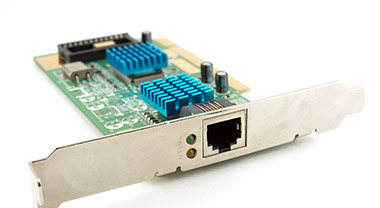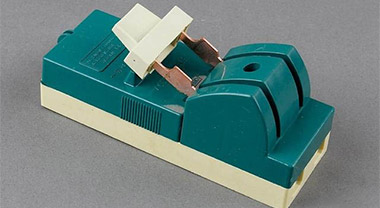Common faults of low voltage circuit breakers
Low-voltage circuit breaker, originally called air circuit breaker. It is mainly used to automatically break the circuit and cut off the power supply when the circuit is overloaded, short-circuited, and undervoltage.
A common fault of low-voltage circuit breakers is failure to close. The reasons for this kind of failure include no voltage of the undervoltage release or damage to the coil, excessive spring force of the reaction force, or the mechanism cannot be reset and then buckled. The repair method is to check and exchange the power supply voltage, replace the coil or readjust the spring. For the case that the mechanism cannot be reset and then buckled, the contact surface of the buckle should be adjusted to the specified value.
Excessive temperature rise of circuit breakers is also a common fault. The reason is that the contact pressure is excessively reduced. At this time, the contact pressure can be adjusted or the spring can be replaced. The fault may sometimes be caused by severe wear on the contact surface or severe poor contact. At this time, a new circuit breaker should be replaced. If the temperature rise is too high, it is because the connecting screws of the two conductive parts are loose, and they should be tightened again.
When the current has reached the set value and the circuit breaker cannot be normally broken, check whether the bimetallic strip of the thermal trip unit is damaged. If it is damaged, replace it. Then check whether the distance between the armature and the iron core of the electromagnetic release is too large or whether the coil is damaged, and then adjust the distance between the armature and the iron core or replace the circuit breaker. Sometimes the circuit breaker will be opened immediately when the motor is started. This may be because the instantaneous setting value of the overcurrent release is too small, or the setting value has changed due to vibration during operation. The instantaneous setting value of the overcurrent release can be adjusted to the specified value. If some parts are damaged, the trip unit can be replaced.
When there is noise in the loss-of-voltage release of the low-voltage circuit breaker, you can observe whether there are rust spots or oil stains on the surface of the iron core. If there is, wipe it off. Or observe whether the short-circuit ring is broken. If it is broken, replace the armature and iron core. Then you can see if the force of the reaction spring is too large, if it is too large, readjust it.




